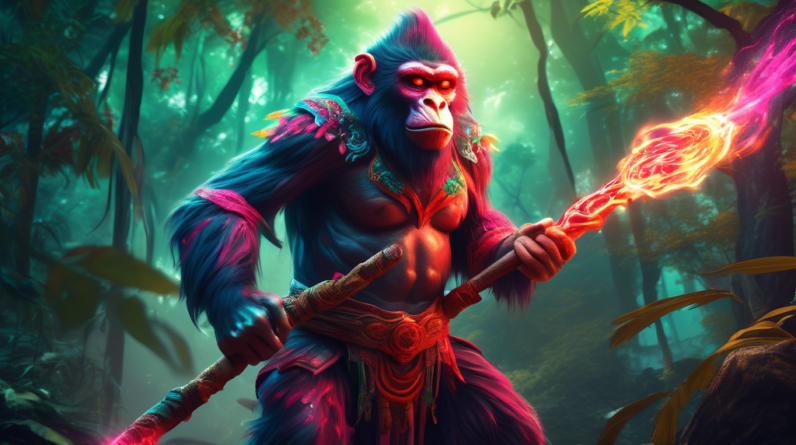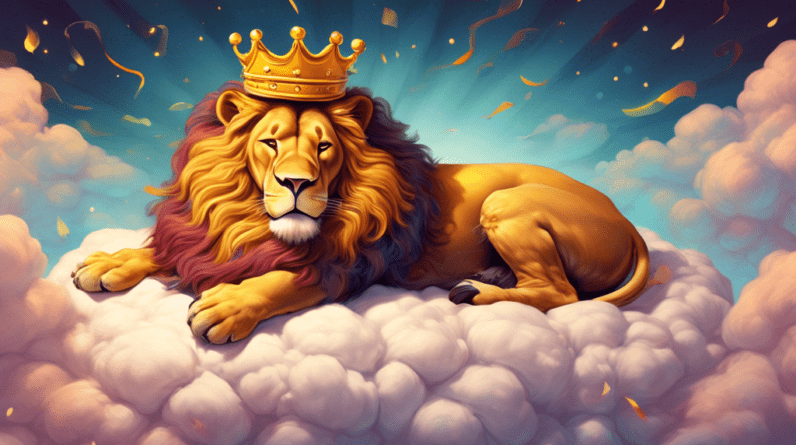Streaming Services Embrace Cable TV Model with Price Hikes
The golden age of affordable streaming may be fading as major platforms like Netflix, Disney+, and Hulu implement price increases, mirroring the once-criticized cable TV model. Consumers who cut the cord in favor of budget-friendly streaming options are now facing a shifting landscape where their entertainment expenses are creeping back up.
The Price Hike Trend: A Familiar Pattern
Recent months have seen a wave of price adjustments across popular streaming services. Netflix, the streaming pioneer, raised its prices for various tiers, citing investments in content and platform improvements. Disney+ followed suit, increasing its monthly subscription fee while introducing an ad-supported tier at a lower price point. Hulu also implemented price hikes across its plans, including its live TV option.
These price increases reflect a broader trend within the streaming industry. As platforms compete for subscribers and invest in original content, they are looking for ways to generate more revenue. Price hikes are a direct way to achieve this, but they also raise concerns about affordability and value for consumers.
From Cord-Cutting to Cost Concerns
The rise of streaming services was initially driven by the desire to escape the high costs and rigid structures of traditional cable TV. Consumers were drawn to the flexibility and affordability of on-demand content, allowing them to choose what they wanted to watch and when they wanted to watch it. However, with the recent price increases, streaming services are beginning to resemble the cable TV model they sought to disrupt.
Consumers are now faced with a growing number of streaming platforms, each with its own subscription fee and content library. To access a wide range of shows and movies, subscribers may need to subscribe to multiple services, leading to a cumulative cost that can rival or even exceed traditional cable packages.
The Value Proposition: Content and Competition
Streaming services justify price increases by highlighting their investments in original content, exclusive releases, and platform improvements. The battle for subscribers has led to a surge in high-quality productions, with platforms vying for prestigious awards and critical acclaim. However, the abundance of content spread across various platforms can lead to decision fatigue and a sense of being overwhelmed by choices.
Competition within the streaming industry remains fierce, with new players entering the market and established platforms expanding their offerings. This competitive landscape can benefit consumers by driving innovation and providing more options, but it also contributes to the fragmentation of content and the need for multiple subscriptions.
The Future of Streaming: Balancing Costs and Content
As streaming services continue to evolve, they will need to strike a balance between generating revenue and providing value to consumers. Price hikes may be necessary to support content creation and platform development, but they also risk alienating subscribers who are sensitive to rising costs.
Consumers, on the other hand, will need to be more selective in their streaming choices, prioritizing platforms that offer content aligned with their interests and budgets. The era of unlimited streaming without cost considerations may be ending, requiring a more mindful approach to entertainment spending.






